Original German WWII 7.5 cm Oak 40 Inert Shell with Transit Tube – International Military Antiques
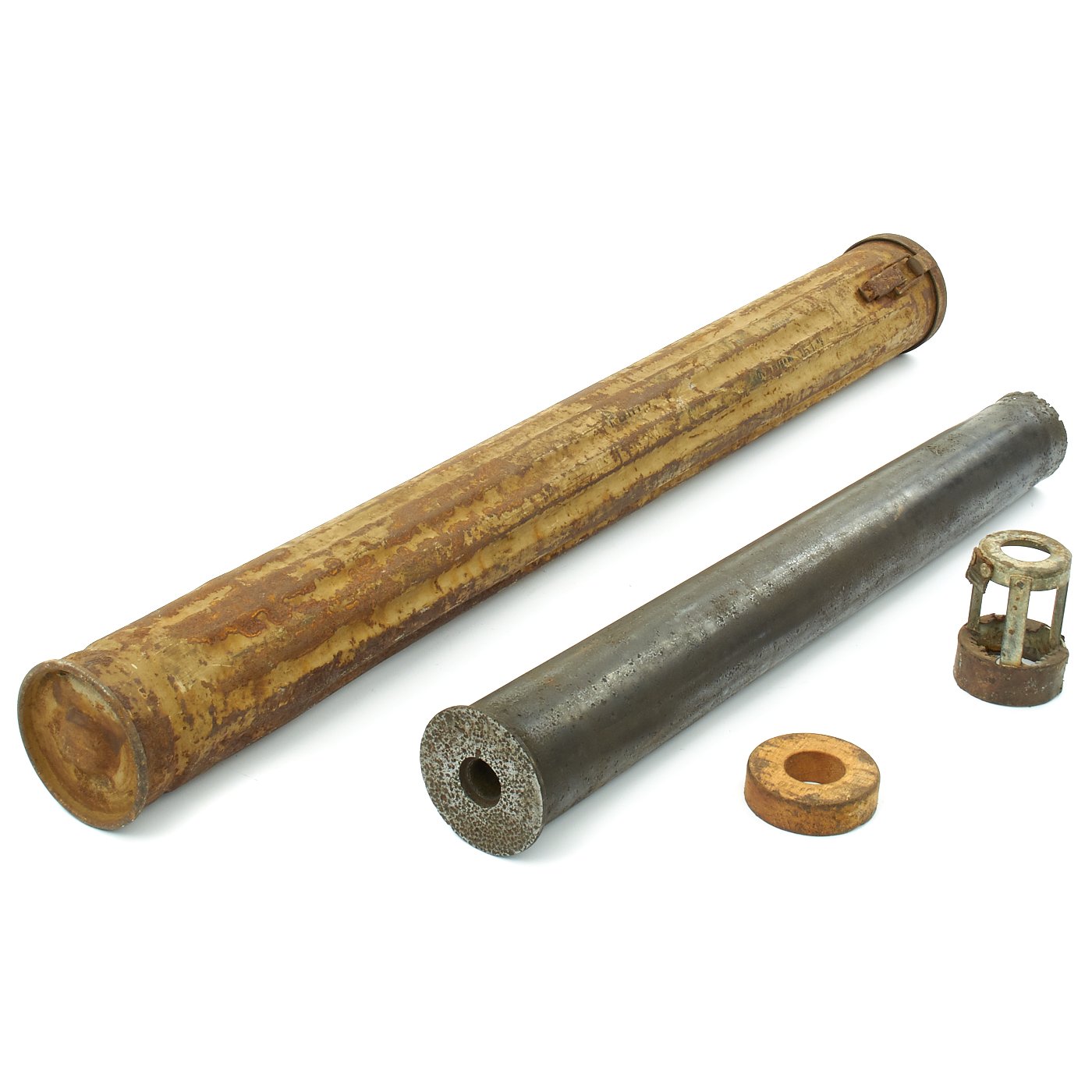
Original Item: Only One Available. This round is inert and follows guidelines provided by the ATF.The 7.5 cm Pak 40 (7,5 cm Panzerabwehrkanone 40 - lit. "7.5cm armor defense cannon 40") was a German 75 millimetre anti-tank gun developed in 1939–1941 by Rheinmetall and used during the Second World War. With 23,303 examples produced, the Pak 40 formed the backbone of German anti-tank guns for the later part of World War II, mostly in towed form, but also on a number of tank destroyers such as the Marder series.A modified version of the gun designed specifically for vehicle-mounting was the 7.5 cm KwK 40, which differed primarily in using more compact ammunition, thereby allowing more rounds to be carried inside the vehicles. The KwK 40 armed many of the German mid-war tank and destroyer designs, replacing the Pak 40 in the latter role.Depending on the source, the Pak 40 may be referred to as the 7.5/L46, referring to the barrel's length in calibers. There were two versions of the KwK 40, which would be referred to as the 7.5/L43 or 7.5/L48. The Pak 40 was the standard German anti-tank gun until the end of the war, and was supplied by Germany to its allies. Some captured guns were used by the Red Army. After the war, the Pak 40 remained in service in several European armies, including Albania, Bulgaria, Czechoslovakia, Finland, Norway, Hungary and Romania.23,303 Pak 40s were produced, and about 3,500 more were used to arm tank destroyers. The unit manufacturing cost amounted to 2,200 man-hours at 12,000 RM. A lighter automatic "weapon system" version incorporating a twelve-round magazine, the heaviest of the Bordkanone series of heavy calibre aircraft guns, was used as the BK 7,5 in the Henschel Hs 129B-3 and the Junkers Ju 88P-1 ground attack aircraft, and even intended as a production fitment for a possible He 177A-3/R5 heavy bomber adaptation late in 1942, originally prototyped in the field with BK 5 cannons, themselves adapted from the 5 cm KwK 39 tank gun from the Panzer III.During the second half of World War II, some Romanian anti-tank platoons each had three Pak 40 guns. These were used interchangeably with Romania's own 75 mm Reșița Model 1943 anti-tank gun.This shell without projectile is offered in good condition. Also included in an original shell transit tube which has original dunkelgelb ordnance paint and is nicely marked 7.5 cm Pak 40 with 1943 dated. Inside the cap is a genuine paper data label dated 1943.Pak 40 shells such as this with a transit tube are exceptionally rare.
<p>Original Item: Only One Available. This round is inert and follows guidelines provided by the ATF.<br><br>The 7.5 cm Pak 40 (7,5 cm Panzerabwehrkanone 40 - lit. "7.5cm armor defense cannon 40") was a German 75 millimetre anti-tank gun developed in 1939–1941 by Rheinmetall and used during the Second World War. With 23,303 examples produced, the Pak 40 formed the backbone of German anti-tank guns for the later part of World War II, mostly in towed form, but also on a number of tank destroyers such as the Marder series.<br><br>A modified version of the gun designed specifically for vehicle-mounting was the 7.5 cm KwK 40, which differed primarily in using more compact ammunition, thereby allowing more rounds to be carried inside the vehicles. The KwK 40 armed many of the German mid-war tank and destroyer designs, replacing the Pak 40 in the latter role.<br><br>Depending on the source, the Pak 40 may be referred to as the 7.5/L46, referring to the barrel's length in calibers. There were two versions of the KwK 40, which would be referred to as the 7.5/L43 or 7.5/L48. <br><br>The Pak 40 was the standard German anti-tank gun until the end of the war, and was supplied by Germany to its allies. Some captured guns were used by the Red Army. After the war, the Pak 40 remained in service in several European armies, including Albania, Bulgaria, Czechoslovakia, Finland, Norway, Hungary and Romania.<br><br>23,303 Pak 40s were produced, and about 3,500 more were used to arm tank destroyers. The unit manufacturing cost amounted to 2,200 man-hours at 12,000 RM. A lighter automatic "weapon system" version incorporating a twelve-round magazine, the heaviest of the Bordkanone series of heavy calibre aircraft guns, was used as the BK 7,5 in the Henschel Hs 129B-3 and the Junkers Ju 88P-1 ground attack aircraft, and even intended as a production fitment for a possible He 177A-3/R5 heavy bomber adaptation late in 1942, originally prototyped in the field with BK 5 cannons, themselves adapted from the 5 cm KwK 39 tank gun from the Panzer III.<br><br>During the second half of World War II, some Romanian anti-tank platoons each had three Pak 40 guns. These were used interchangeably with Romania's own 75 mm Reșița Model 1943 anti-tank gun.<br><br>This shell without projectile is offered in good condition. Also included in an original shell transit tube which has original dunkelgelb ordnance paint and is nicely marked <strong>7.5 cm Pak 40</strong> with <strong>1943</strong> dated. Inside the cap is a genuine paper data label dated 1943.<br><br>Pak 40 shells such as this with a transit tube are exceptionally rare.</p>
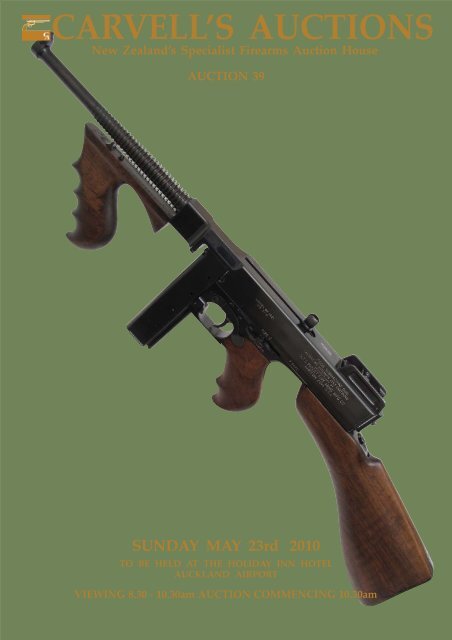
covers auction 39.p65 - Carvells Gun Auctions

Daniel F. Kelleher Auctions, LLC Sale - 790 Page 37
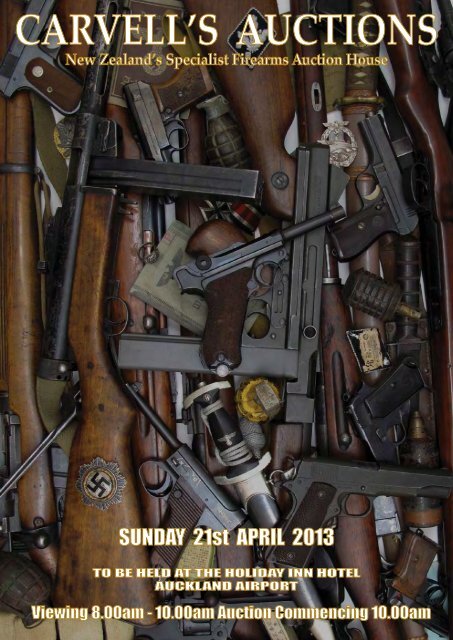
Catalogue out now - Carvells Gun Auctions

ashtray Auctions Prices

GA026 - Tempus Fugit: The Collection of George Gyori
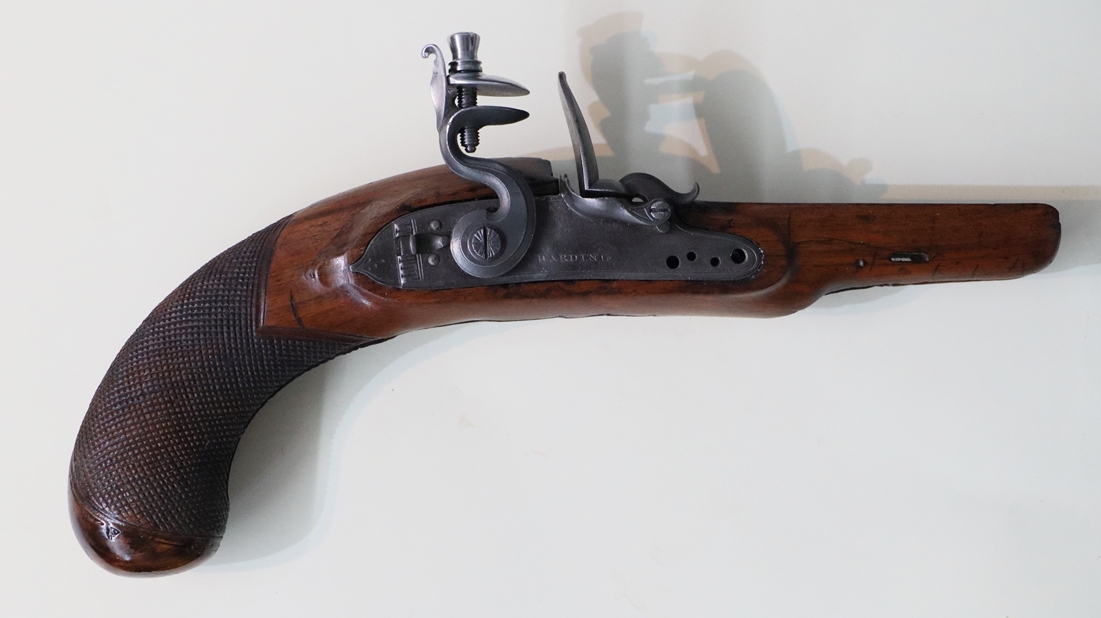
Antique Firearms Restoration Blog – … and C19 gun engraving
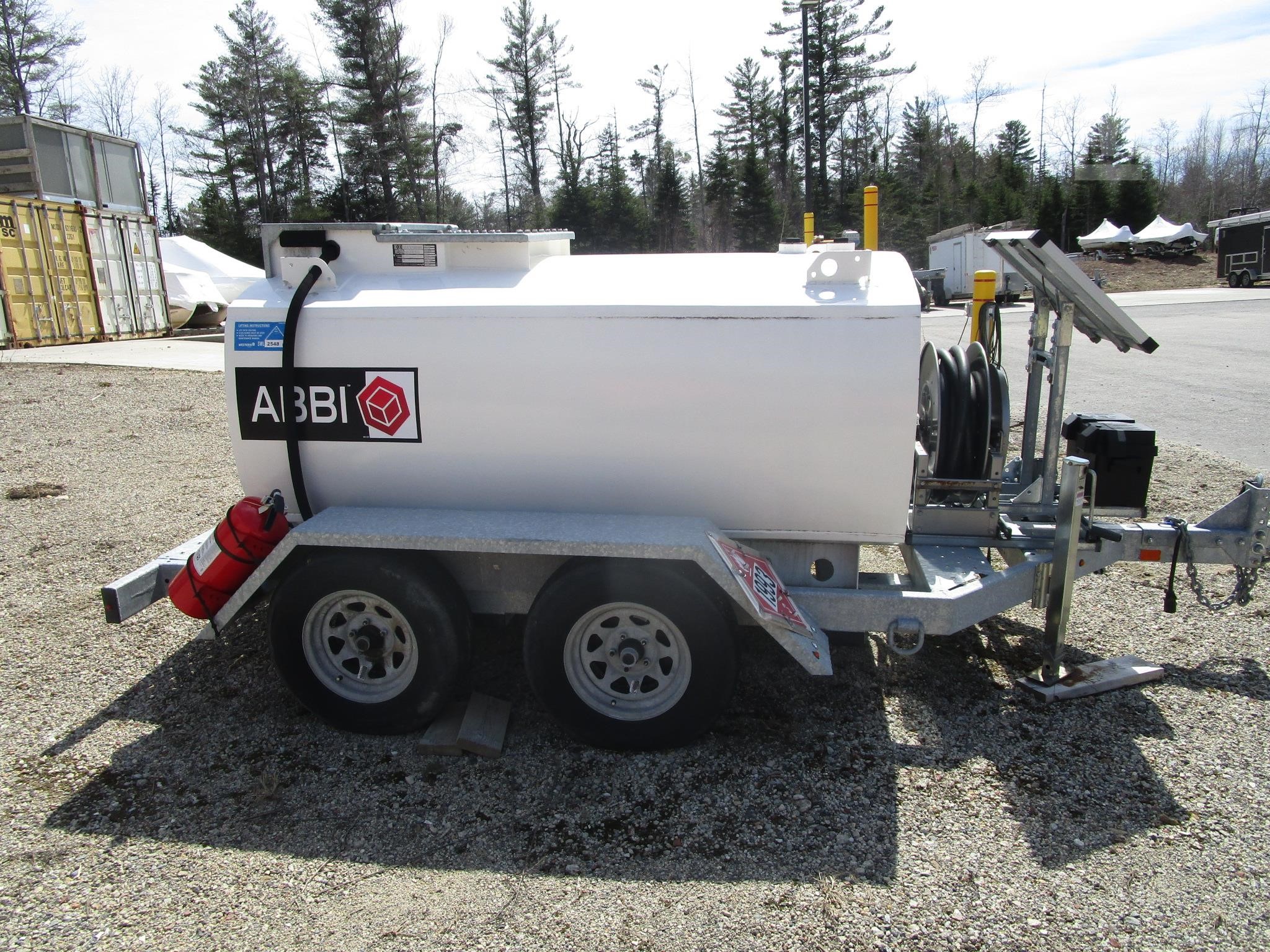
WESTERN GLOBAL Outros Ítens Para Venda - 74 Listas
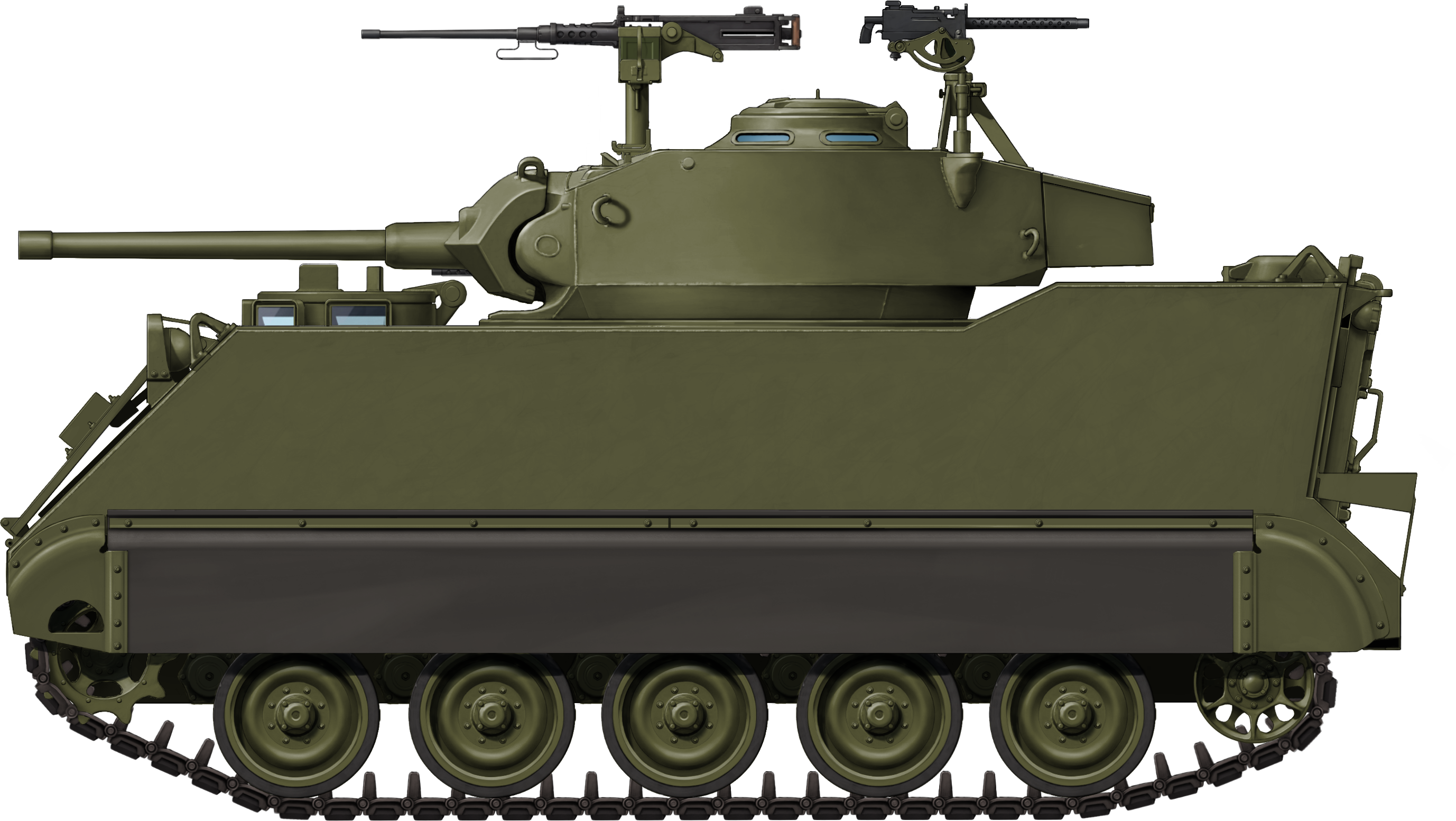
Marisa Belhote – Tank Encyclopedia
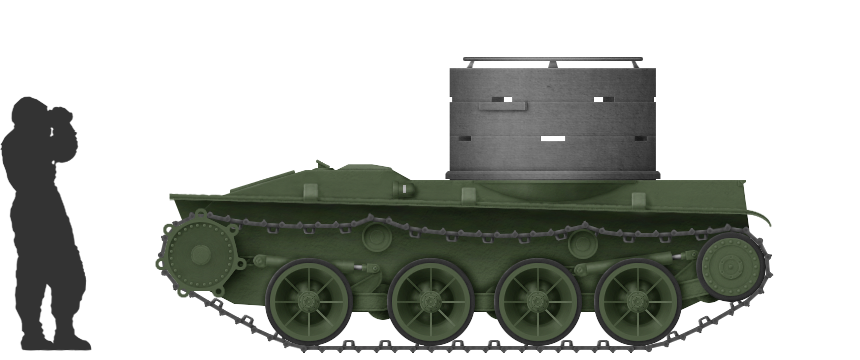
Marisa Belhote – Tank Encyclopedia
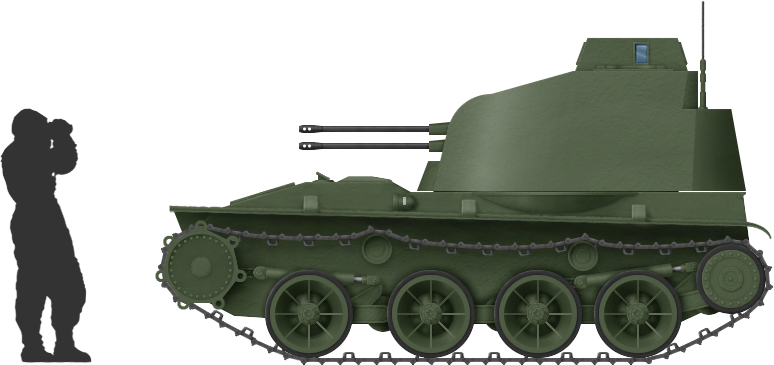
Marisa Belhote – Tank Encyclopedia


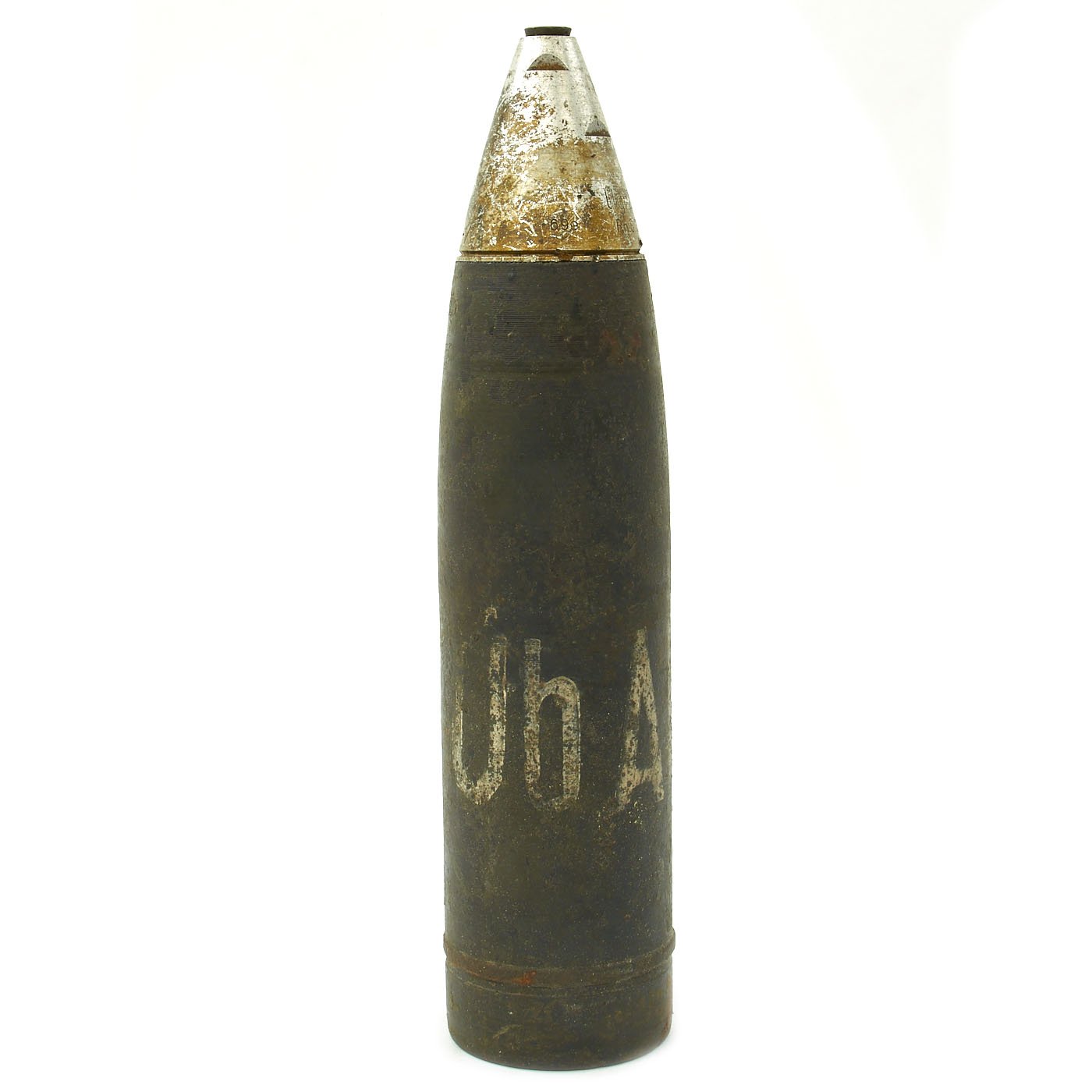
.webp)



